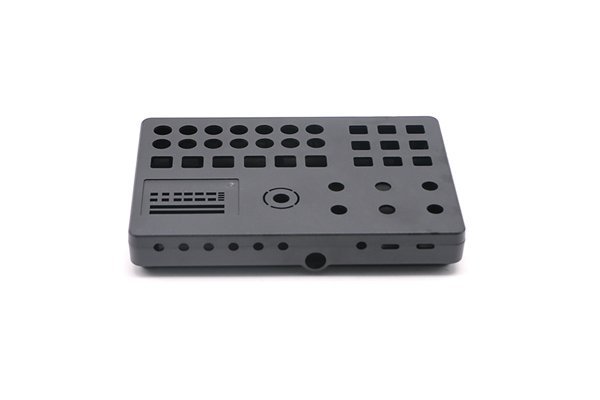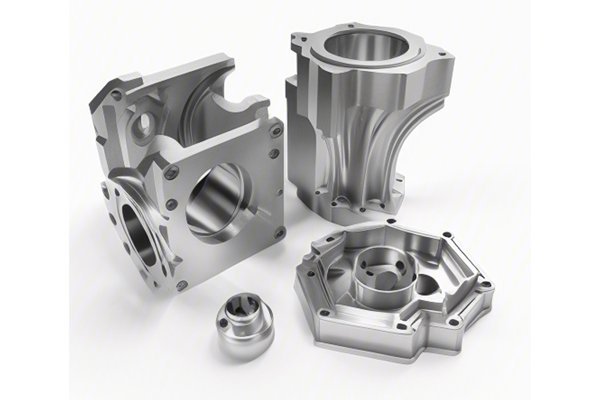Opening
Did you know that the right choice of cutting fluid can increase tool life by over 50% and improve surface finish quality by up to 30%? In the world of CNC machining, especially in prototype machining, the selection of the right cutting fluid is not just a minor decision—it’s a pivotal factor that can significantly impact both the efficiency of the machining process and the quality of the final product. As industries push towards greater precision and performance, understanding how to choose the right cutting fluid for CNC turning becomes essential.
Understanding CNC Turning and Its Challenges
CNC turning is a subtractive manufacturing process that utilizes computerized controls to rotate a workpiece against a cutting tool. This method is renowned for its capability to produce intricate shapes and is widely applied in prototype machining. However, like any other machining process, CNC turning poses its own set of challenges that can be mitigated with the right cutting fluid.
Choosing cutting fluids requires a clear understanding of various factors, including the materials being machined, the desired surface finish, heat generation, tool wear, and environmental considerations.
Importance of Cutting Fluids
Cutting fluids serve several vital functions during the CNC turning process:
Factors to Consider When Choosing Cutting Fluid
Different materials react differently to various cutting fluids. For instance:
Understanding the specific material you are working with is crucial to making an informed decision.
The amount of heat generated during CNC turning can greatly influence tool wear and part accuracy. If your machining process is expected to produce a significant amount of heat, opt for a cutting fluid with superior cooling properties. Water-based fluids, for instance, are often preferred in high-heat scenarios due to their thermal conductivity.
The choice of cutting fluid may also depend on the specific type of CNC machining you’re performing, whether it’s turning, milling, or drilling. Research suggests that different methodologies may require different fluid properties for optimal performance.

With growing environmental regulations, choosing a cutting fluid that is biodegradable and environmentally friendly is increasingly important. Additionally, ensure that the fluid is safe to use and does not pose health risks to operators.
Cost is always a crucial factor in business decisions. While premium cutting fluids may offer better performance, it’s essential to analyze their cost in relation to the benefits they provide, such as extended tool life and lower production downtime.
Consider the maintenance and monitoring needs of the cutting fluid. Some fluids require more frequent changes or have specific maintenance protocols. Evaluate how much time and resources you can allocate for fluid maintenance in your machining operations.
Common Types of Cutting Fluids
These cutting fluids, often emulsions, mix water and oil to create a coolant that provides both lubrication and cooling properties. They’re ideal for general-purpose machining.
Also known as neat oils, these are pure oils without any additives. They are effective for their lubricating properties and are often used for machining metals like steel.
Manufactured using chemical compounds without oil, synthetic fluids offer excellent cooling and lubricating properties. They are suitable for a wide range of materials and machining processes.
Increasingly popular due to environmental regulations, these fluids are made from vegetable oils and other renewable resources. They minimize environmental impact and pose fewer health risks.
Recommendations for CNC Turning Prototype Machining
For CNC turning in prototype machining, consider the following:
In summary, selecting the right cutting fluid for CNC turning in prototype machining is a critical decision that directly impacts tool longevity, part quality, and overall machining efficiency. By considering factors such as material compatibility, cooling needs, environmental impact, and cost, you can make a more informed choice that aligns with your specific operational requirements.
The role of cutting fluids is far from trivial; a well-chosen fluid can serve as an invaluable ally in achieving optimal machining conditions. As you navigate the complexities of CNC machining, take the time to evaluate and choose the right cutting fluid—your production efficiency and product quality may depend on it. Whether you’re a seasoned CNC machinist or a newcomer in the field, understanding and implementing these practices will pave the way for success in your machining projects. Remember, the right cutting fluid isn’t just a matter of choice; it’s a matter of competitive advantage.
Related Posts
- How Does the Polishing Effect of Stainless Steel CNC Machining Compare with Aluminum Alloy CNC Machining?
- How can you ensure that the packaging logo is clear and legible in CNC machining processes?
- Can CNC Aluminum Processing Plants Provide Customized Parts Assembly Services for Diverse Industry Needs?






